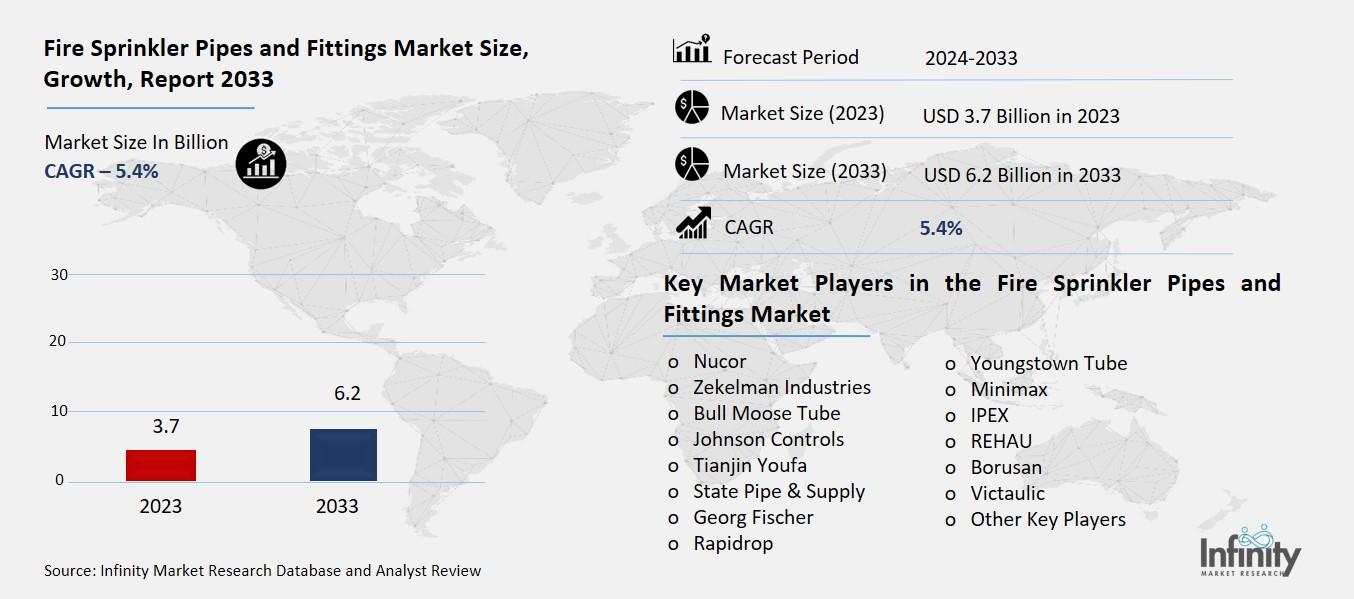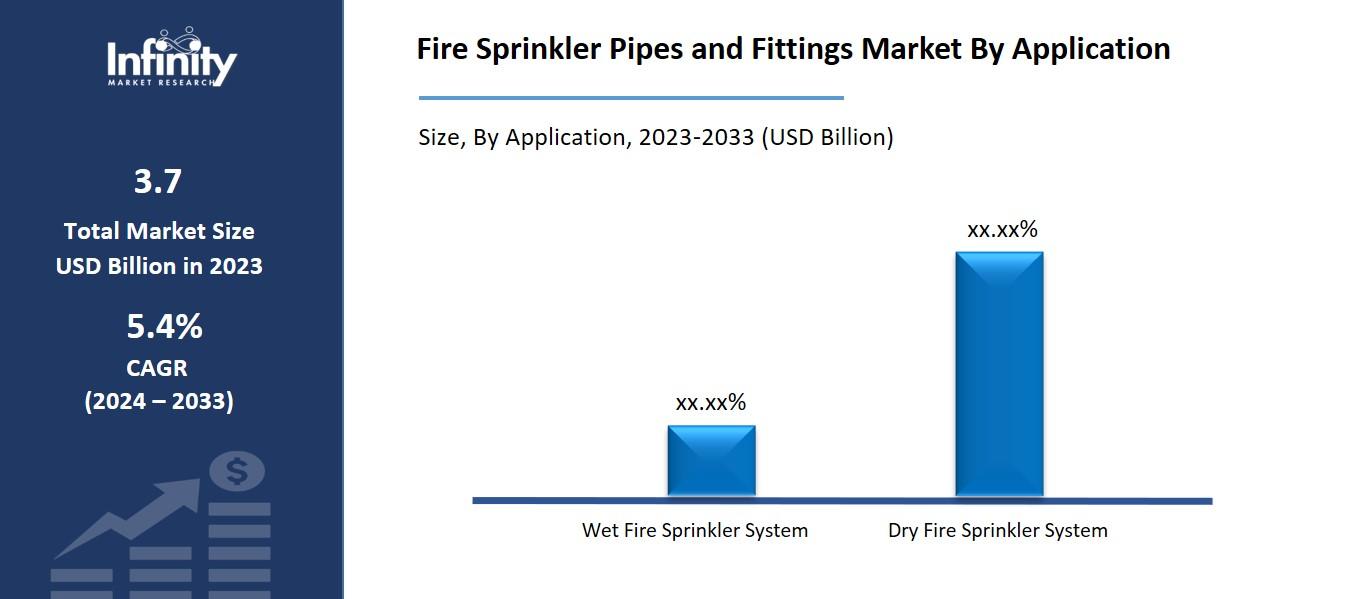
🔐 Secure Payment Guaranteed
Safe checkout with trusted global payment methods.
🌟 Why Choose Infinity Market Research?
At Infinity Market Research, we dont just deliver data — we deliver clarity, confidence, and competitive edge.
In a world driven by insights, we help businesses unlock the infinite potential of informed decisions.
Here why global brands, startups, and decision-makers choose us:
Industry-Centric Expertise
With deep domain knowledge across sectors — from healthcare and technology to manufacturing and consumer goods — our team delivers insights that matter.
Custom Research, Not Cookie-Cutter Reports
Every business is unique, and so are its challenges. Thats why we tailor our research to your specific goals, offering solutions that are actionable, relevant, and reliable.
Data You Can Trust
Our research methodology is rigorous, transparent, and validated at every step. We believe in delivering not just numbers, but numbers that drive real impact.
Client-Centric Approach
Your success is our priority. From first contact to final delivery, our team is responsive, collaborative, and committed to your goals — because you re more than a client; you re a partner.
Recent Reports
Global Myopia Control Lenses Market Report 2025-33
Hyaluronic Acid-based Dermal Fillers Market Report
Fire Sprinkler Pipes and Fittings Market
Global Fire Sprinkler Pipes and Fittings Market (By Type, Pipes and Fittings; By Application, Wet Fire Sprinkler System and Dry Fire Sprinkler System; By Region and Companies), 2024-2033
Dec 2024
Industrial Automation and Equipment
Pages: 138
ID: IMR1391
Fire Sprinkler Pipes and Fittings Market Overview
Global Fire Sprinkler Pipes and Fittings Market acquired the significant revenue of 3.7 Billion in 2023 and expected to be worth around USD 6.2 Billion by 2033 with the CAGR of 5.4% during the forecast period of 2024 to 2033. The global market for fire sprinkler pipes and fittings continues to grow as more and more stakeholders invest in improved fire safety for commercial buildings, industries, and housing. These facts are encouraging owing to increasing government regulations and building codes regarding fire protection system installations resulting to increased demand for sprinkler pipes and fittings. Some factors that are taking market to new level are urbanization, rate of industrialization, and awareness regarding fire safety.

Advancements on material technology including but not limited to corrosion resistant pipes developed from CPVC, steel and other composite products is adding to the market growth. North America and Europe are leading here because of effective regulatory measures taken for safety issues, and Asia-Pacific region is growing at the fastest rate due to increased construction activities and raising safety consciousness.
Drivers for the Fire Sprinkler Pipes and Fittings Market
Rapid Urbanization and Infrastructure Development
The increasing construction scale in residential, trading, and industrial fields is expected to promote the growth of firefighting products such as fire sprinkler pipe and fitting system. The residential sector remains the largest of all the building and construction sectors in the developed world where growth in urbanization especially the development of smart cities and modern housing projects has driven safety and regulatory requirements. National governments are making performance standards for fire protection system in multi-family housing with complications of high rise residential building to safeguard the residents and reduce loss from fires.
Likewise, in commercial business domain, development of offices spaces, retail formats, hotels and hospitals and similar other facilities have triggered the need for efficient fire protection structures for both, property & life. Fire safety is also essential for industrial buildings through which various entities including manufacturing wares and energy facilities are conducted, and fire occurrence in such places can lead to operations paralysis and high losses.
Restraints for the Fire Sprinkler Pipes and Fittings Market
Lack of Standardization in Emerging Economies
Inconsistent regulations and standards in developing regions pose a significant challenge to the growth of the fire sprinkler pipes and fittings market. While developed countries have well-established building codes and stringent fire safety norms, many developing regions lack uniform regulations or enforce inconsistent safety standards. This creates ambiguity for manufacturers and construction stakeholders regarding the mandatory requirements for fire protection systems, leading to delays in adoption. Additionally, the absence of proper monitoring and enforcement of safety codes in some regions results in substandard installations, compromising fire protection effectiveness. Such disparities make it difficult for global players to penetrate these markets, as they must navigate varying compliance frameworks.
Opportunity in the Fire Sprinkler Pipes and Fittings Market
Adoption of Smart Fire Suppression Systems
The integration of IoT and smart technologies in fire sprinkler systems is revolutionizing fire protection by offering advanced monitoring and maintenance solutions. Traditional fire sprinkler systems, while effective, often lack real-time insights into system performance and operational readiness. By incorporating IoT-enabled sensors and smart technologies, these systems can now provide continuous monitoring, instant fault detection, and real-time data analytics. This allows building managers and operators to proactively identify issues such as leaks, pressure drops, or blockages, ensuring the system remains functional and reliable at all times.
Smart fire sprinkler systems can also be integrated with building management systems (BMS) and cloud platforms, enabling remote monitoring and control. For example, IoT-connected devices send alerts to smartphones or control centers in case of any system anomaly or activation, facilitating quick decision-making and response.
Trends for the Fire Sprinkler Pipes and Fittings Market
Customization of Fire Sprinkler Solutions
Manufacturers are offering tailored solutions to meet specific industrial and commercial requirements, driving innovation and market growth in the fire sprinkler pipes and fittings segment. Different industries and commercial facilities have unique fire safety needs based on their infrastructure, operations, and risk profiles. For instance, manufacturing plants, chemical facilities, and warehouses require high-performance fire sprinkler systems capable of handling flammable materials and high fire loads. In such cases, manufacturers provide customized systems with corrosion-resistant pipes, specialized fittings, and high-pressure components to ensure optimal fire suppression.
Segments Covered in the Report
By Type
o Pipes
o Fittings
By Application
o Wet Fire Sprinkler System
o Dry Fire Sprinkler System
Segment Analysis
By Type Analysis
On the basis of type, the market is divided into pipes and fittings. Among these, pipes segment acquired the significant share in the market owing to the critical role pipes play in the overall fire sprinkler system infrastructure. Pipes serve as the primary conduit for water or fire-suppressant agents, ensuring reliable delivery to sprinkler heads during emergencies. The increasing demand for durable, corrosion-resistant, and high-performance pipes, such as CPVC, HDPE, and galvanized steel, has further contributed to the segment's dominance. Additionally, the rise in construction activities, particularly in high-rise buildings, industrial facilities, and large commercial spaces, has fueled the adoption of fire sprinkler pipes that comply with stringent fire safety standards.
By Application Analysis
On the basis of application, the market is divided into wet fire sprinkler system and dry fire sprinkler system. Among these, wet fire sprinkler system segment held the prominent share of the market due to its wide adoption, cost-effectiveness, and operational simplicity. Wet fire sprinkler systems are the most common type of fire suppression systems, as they are reliable and require less maintenance compared to dry systems. These systems are always charged with water, ensuring an immediate response in case of a fire, which is particularly advantageous for buildings in temperate and warm climates where the risk of pipe freezing is minimal.

Regional Analysis
North America Dominated the Market with the Highest Revenue Share
North America held the most of the share of 32.4% of the market due to stringent fire safety regulations, advanced infrastructure, and widespread adoption of fire protection systems across key sectors. The region's well-established building codes, such as the National Fire Protection Association (NFPA) standards, mandate the installation of fire sprinkler systems in residential, commercial, and industrial buildings, driving consistent demand for pipes and fittings. Additionally, the presence of major market players and technological advancements, such as IoT-integrated fire suppression systems, have further fueled market growth.
The increasing construction of high-rise buildings, commercial complexes, and industrial facilities in the United States and Canada has also contributed to the region's dominance. Moreover, heightened awareness of fire safety, along with retrofitting initiatives in aging infrastructure, has led to significant investments in upgrading fire protection systems.
Competitive Analysis
The competitive analysis of the fire sprinkler pipes and fittings market highlights a fragmented landscape with the presence of several global and regional players striving to strengthen their market positions. Key players focus on product innovation, strategic partnerships, and geographical expansion to gain a competitive edge. Leading companies are investing in advanced materials, such as corrosion-resistant CPVC, stainless steel, and HDPE, to meet the growing demand for durable and efficient fire protection systems. Additionally, manufacturers are integrating smart technologies and IoT-based solutions to cater to the increasing demand for real-time monitoring and predictive maintenance capabilities.
Recent Developments
In November 2022, Johnson Controls introduced the OpenBlue Enterprise Manager (OBEM) on Alibaba Cloud, a leading cloud computing and artificial intelligence service provider. This partnership aims to help buildings minimize their carbon footprints, enhance operational efficiency, optimize asset performance, and improve occupant health and experience. Additionally, it is expected to support Johnson Controls in expanding its footprint in the Chinese market.
Key Market Players in the Fire Sprinkler Pipes and Fittings Market
o Nucor
o Zekelman Industries
o Bull Moose Tube
o Johnson Controls
o Tianjin Youfa
o State Pipe & Supply
o Georg Fischer
o Rapidrop
o Youngstown Tube
o Minimax
o IPEX
o REHAU
o Borusan
o Victaulic
o Other Key Players
|
Report Features |
Description |
|
Market Size 2023 |
USD 3.7 Billion |
|
Market Size 2033 |
USD 6.2 Billion |
|
Compound Annual Growth Rate (CAGR) |
5.4% (2023-2033) |
|
Base Year |
2023 |
|
Market Forecast Period |
2024-2033 |
|
Historical Data |
2019-2022 |
|
Market Forecast Units |
Value (USD Billion) |
|
Report Coverage |
Revenue Forecast, Market Competitive Landscape, Growth Factors, and Trends |
|
Segments Covered |
By Type, Application, and Region |
|
Geographies Covered |
North America, Europe, Asia Pacific, and the Rest of the World |
|
Countries Covered |
The U.S., Canada, Germany, France, U.K, Italy, Spain, China, Japan, India, Australia, South Korea, and Brazil |
|
Key Companies Profiled |
Nucor, Zekelman Industries, Bull Moose Tube, Johnson Controls, Tianjin Youfa, State Pipe & Supply, Georg Fischer, Rapidrop, Youngstown Tube, Minimax, IPEX, REHAU, Borusan, Victaulic, and Other Key Players. |
|
Key Market Opportunities |
Adoption of Smart Fire Suppression Systems |
|
Key Market Dynamics |
Rapid Urbanization and Infrastructure Development |
📘 Frequently Asked Questions
1. Who are the key players in the Fire Sprinkler Pipes and Fittings Market?
Answer: Nucor, Zekelman Industries, Bull Moose Tube, Johnson Controls, Tianjin Youfa, State Pipe & Supply, Georg Fischer, Rapidrop, Youngstown Tube, Minimax, IPEX, REHAU, Borusan, Victaulic, and Other Key Players.
2. How much is the Fire Sprinkler Pipes and Fittings Market in 2023?
Answer: The Fire Sprinkler Pipes and Fittings Market size was valued at USD 3.7 Billion in 2023.
3. What would be the forecast period in the Fire Sprinkler Pipes and Fittings Market?
Answer: The forecast period in the Fire Sprinkler Pipes and Fittings Market report is 2024-2033.
4. What is the growth rate of the Fire Sprinkler Pipes and Fittings Market?
Answer: Fire Sprinkler Pipes and Fittings Market is growing at a CAGR of 5.4% during the forecast period, from 2024 to 2033.


🔐 Secure Payment Guaranteed
Safe checkout with trusted global payment methods.
🌟 Why Choose Infinity Market Research?
- Accurate & Verified Data:Our insights are trusted by global brands and Fortune 500 companies.
- Complete Transparency:No hidden fees, locked content, or misleading claims — ever.
- 24/7 Analyst Support:Our expert team is always available to help you make smarter decisions.
- Instant Savings:Enjoy a flat $1000 OFF on every report.
- Fast & Reliable Delivery:Get your report delivered within 5 working days, guaranteed.
- Tailored Insights:Customized research that fits your industry and specific goals.




